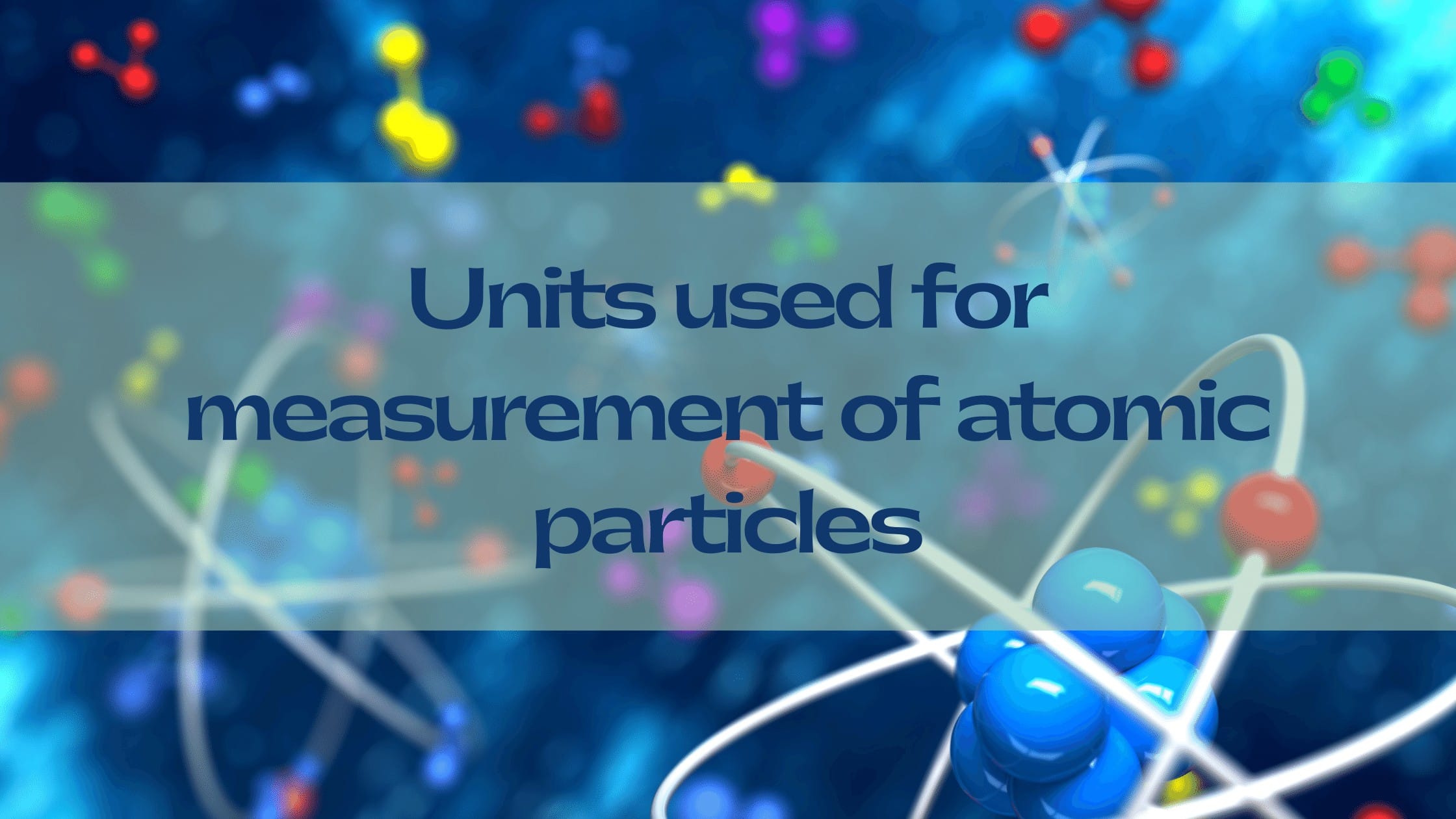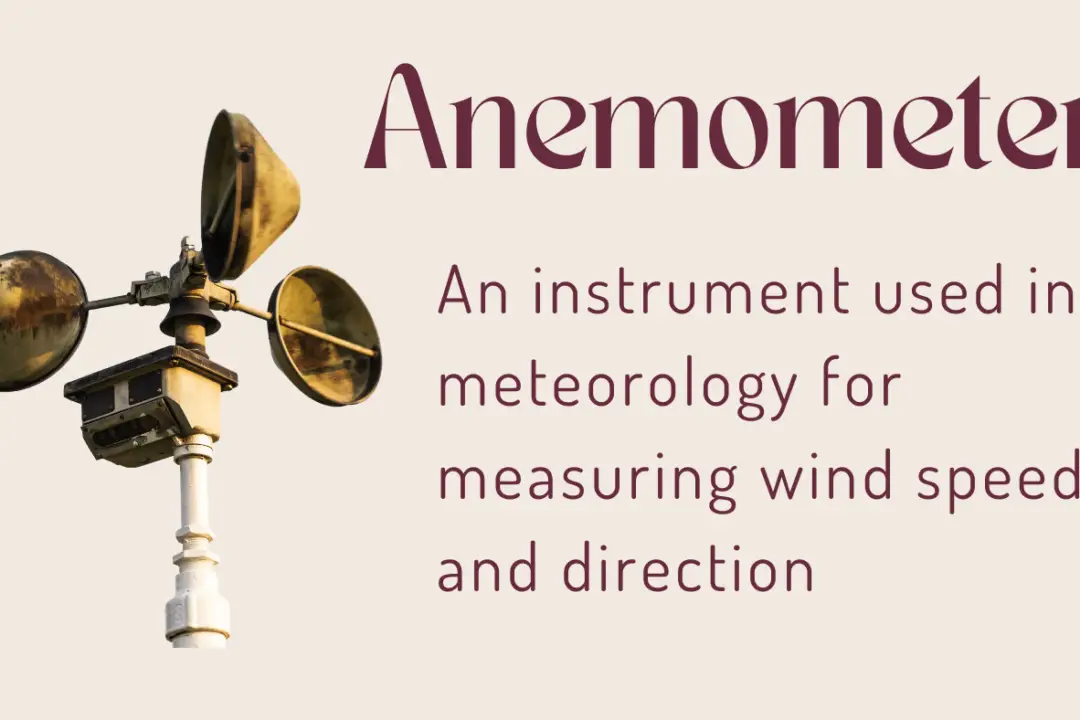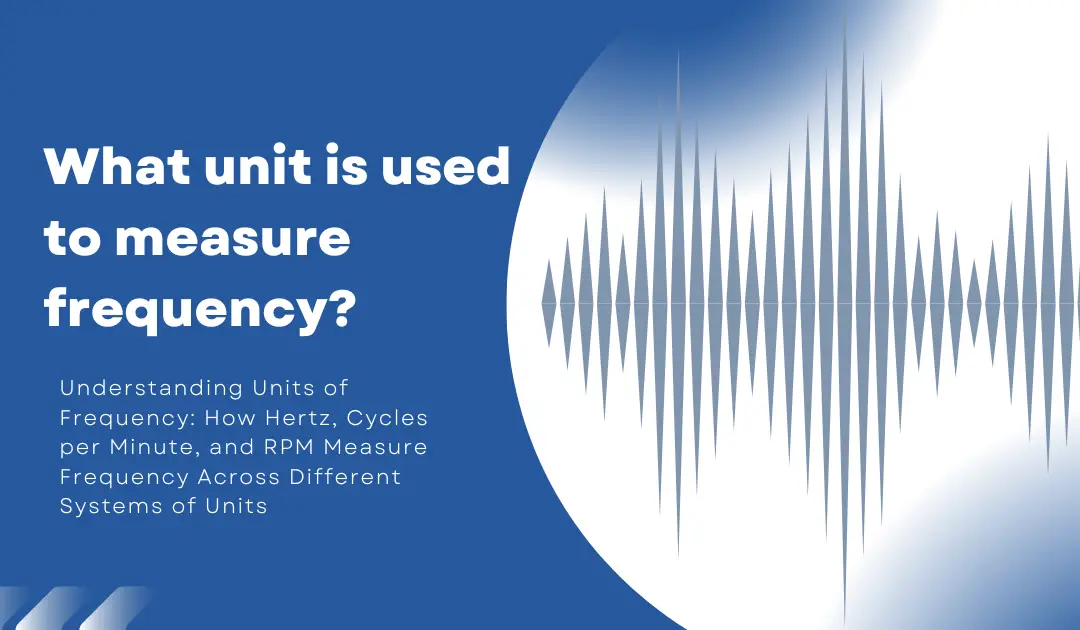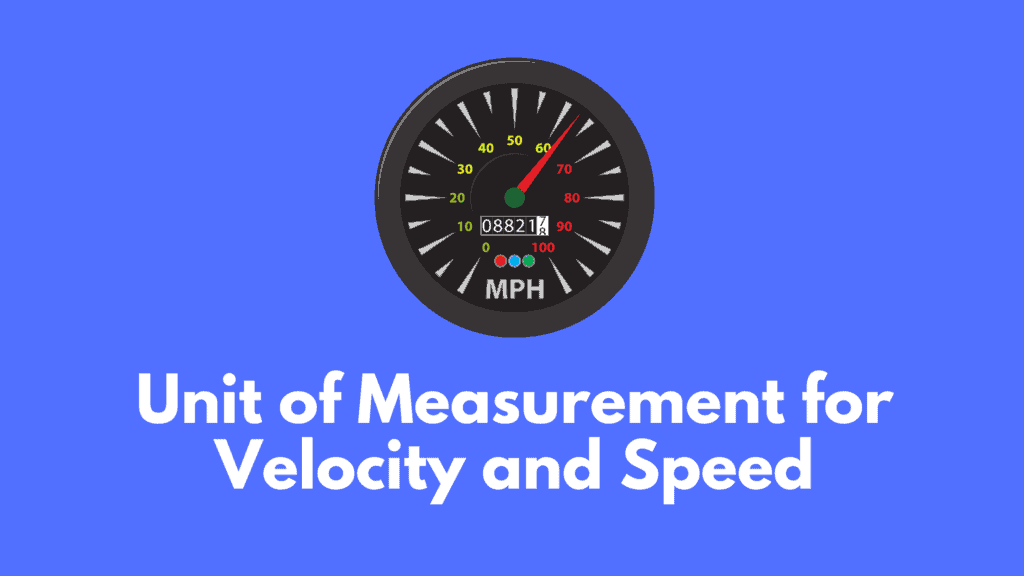
An atom is the smallest unit that makes up an element, but it is not the smallest or fundamental particle of matter. Atoms itself are made up of various particles like electrons, neutrons and protons. Like larger masses which we study in Newtonian mechanics we are required to measure mass, charge, radius etc of various atomic and subatomic particles.
How do you think we measure these atomic particles? Meter, Kilograms. We can, but we don’t.
We use units like Daltons (Da), Picometer, Amstrong unit and elementary charge for measuring various properties of an atomic particle.
Units for measuring the mass of an atomic particle
An atom particle comprises protons, neutrons and electrons.
Protons and neutrons particles make up the nucleus of an atom at the centre, while the electrons revolve around it.
More than 99.94% of an atom mass is concentrated in its nucleus, while the electrons and nuclear binding energy make up a small proportion.
Dalton Unit
The SI unit for measuring mass is the kilogram. But, measuring atomic mass in terms of kilogram units is not practical. The mass of protons and neutrons particles is considered to be around $1.67262 \times 10^{-24} kilograms $. Therefore, the atomic mass is expressed in Dalton units(Da). One Dalton unit is defined as $(1/12)^{th}$ the mass of a single carbon-12 atom at rest.
Moles
It is defined as exactly $6.02214076 \times 10^{23}$ particles, which may be atoms, molecules, ions or electrons. The mole unit is used as the atomic particles are far too light to work with directly.
Because $1\; mole = 6.02214076 \times 10^{23}$ particles, One mole mass of a chemical compound (in grams) is numerically equal to the average mass of one molecule of the compound (in Dalton).
For example, one mole of Carbon Dioxide contains $6.02214076 \times 10^{23}$ molecules, whose total mass is about 44.01 grams, and the mean mass of one molecule of Carbon Dioxide is about 44.01 Dalton.
Visit this article
What unit of measurement is used for mass?
to know more about the unit of mass.
Units for measuring the radius of an atomic particle
The SI unit for measuring length is meter(m). The atomic radii are measured using SI multiples of meters like a picometer and femtometre.
The smallest atom is helium with a radius of 32 pm, while one of the largest is caesium at 225 pm.
Furthermore, the Angstrom unit can be used to measure the atomic radius. 1 Angstrom = 10 -10 meters
Units for measuring the magnetic moment of an atom
Atomic Particles possess an intrinsic quantum mechanical property known as spin. Reduced Planck constant (ħ) is the unit of measurement for the magnetic moment. Electrons, protons and neutrons all have spin ½ ħ, or spin -½ ħ.
Units for measuring the charge of an atomic particle
An atom contains protons, electrons and neutrons. Protons and electrons are charged particles having one elementary charge unit. The neutrons are considered to be neutral particles.
Each proton has a +1 elementary charge, while each electron poses a -1 elementary charge.
Each elementary charge unit equals $1.602176634 \times 10^{−19} C$. In the CGS system, it has a value of $4.80320425 \times 10^{−10}$ stat coulombs.
Units for measuring the energy state of an atomic particle
Electrons are arranged around the nucleus in various energy levels (shells). The energy level of an electron is usually given in units of electron volts(eV). One electron volt has an exact value of $1.602176634 \times 10^{−19} J$.
Related Articles
- Units and Measurements in Physics
- Measurement and atomic structure







